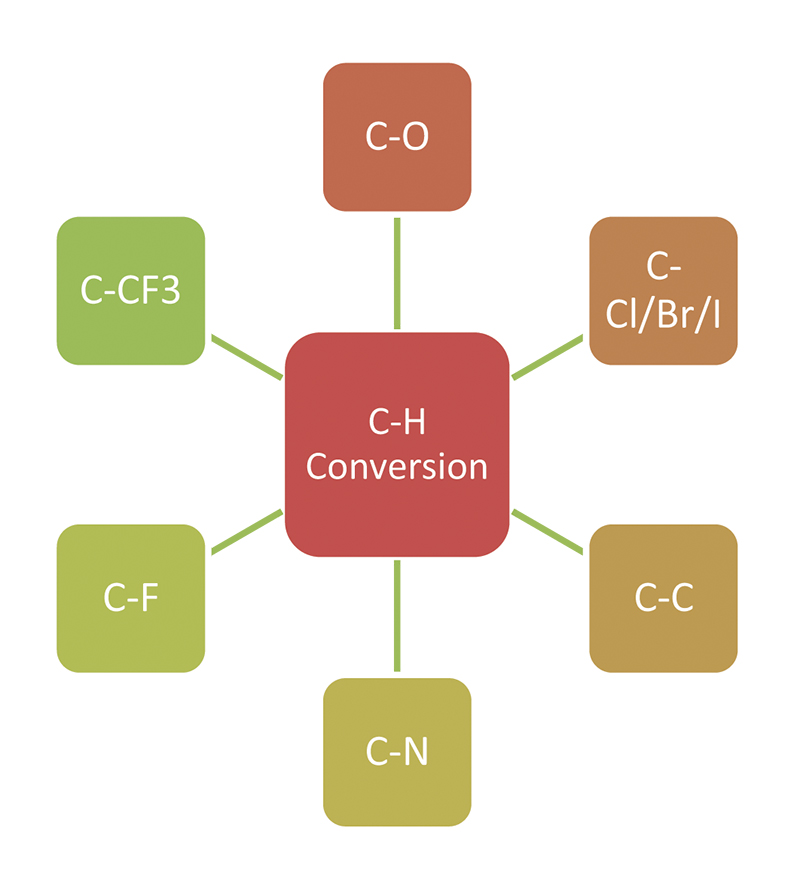Biomedical
Improved methods for API synthesis using heterogeneous palladium catalysts
The technology
Technology summary
Synthesis of Active Pharmaceutical Ingredients (APIs) often involves C-H activation reactions since these are the most atom-economical route to build complexity into small molecules. Current methods to produce C-H activation reactions use soluble, homogeneous palladium catalysts. This methodology results in several limitations in the pharmaceutical industry, including the need to remove residual palladium through expensive purification steps. Researchers at VCU have developed a novel method of incorporating heterogeneous palladium catalysts in C-H activation reactions. Toxicity is significantly decreased compared to conventional processes through a high removal of residual palladium by filtration (contamination < 250ppb). This invention allows conversion from C-H to the following: C-O, C-Cl/Br/I, C-C, C-N, C-F and C-CF3. The catalyst can be recycled (>16 times) for future reactions and has a high turnover frequency leading to improved reaction kinetics.

